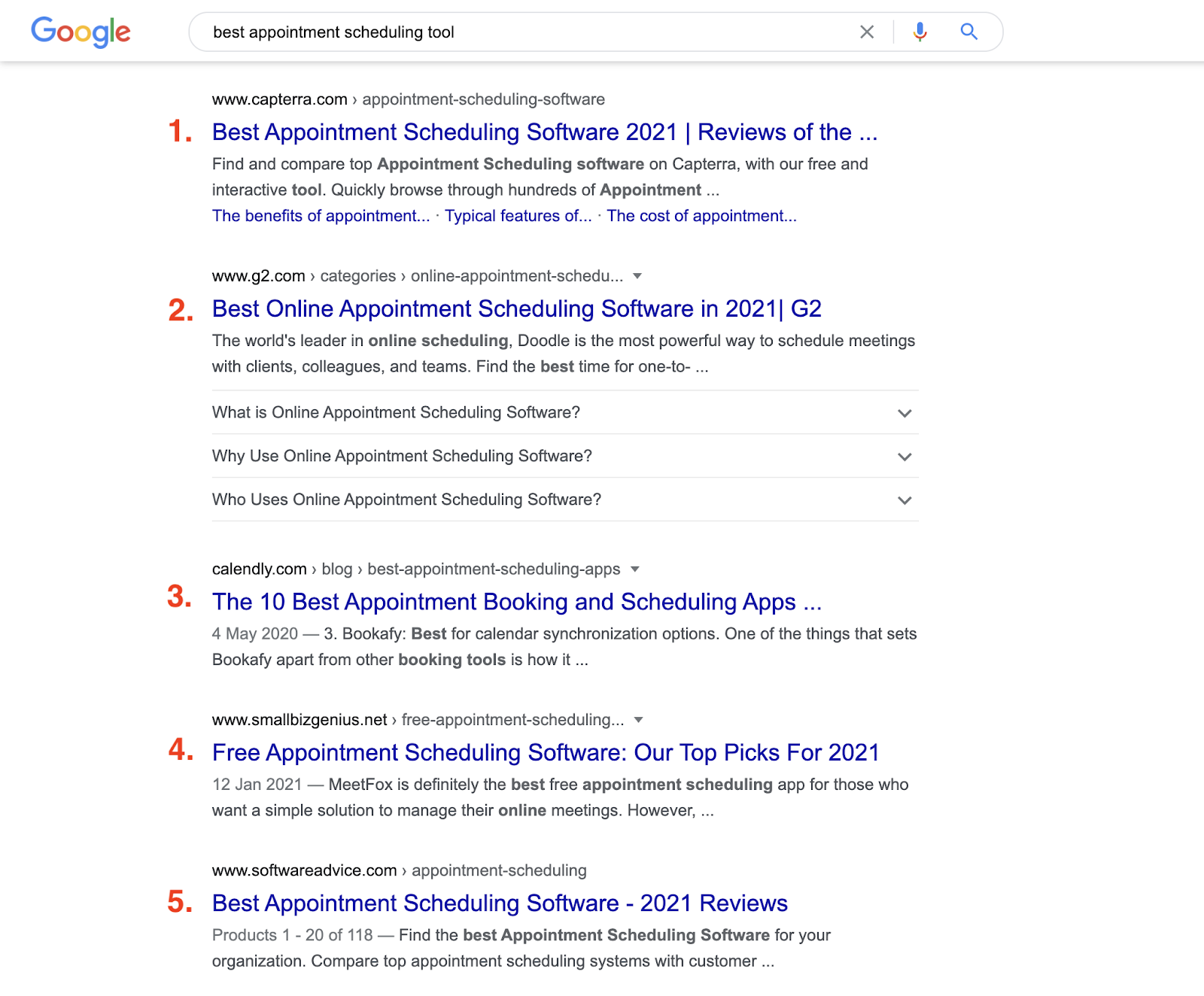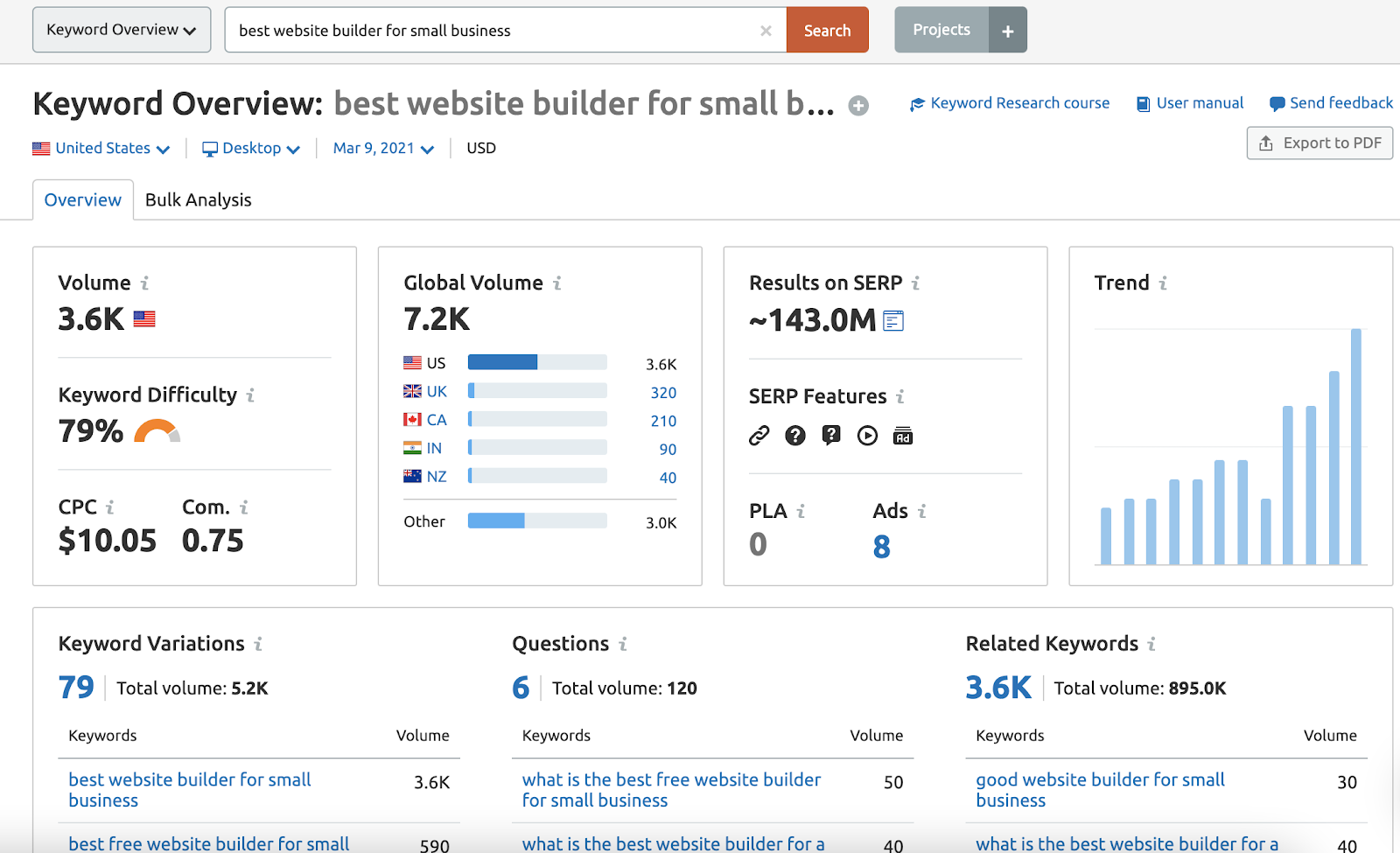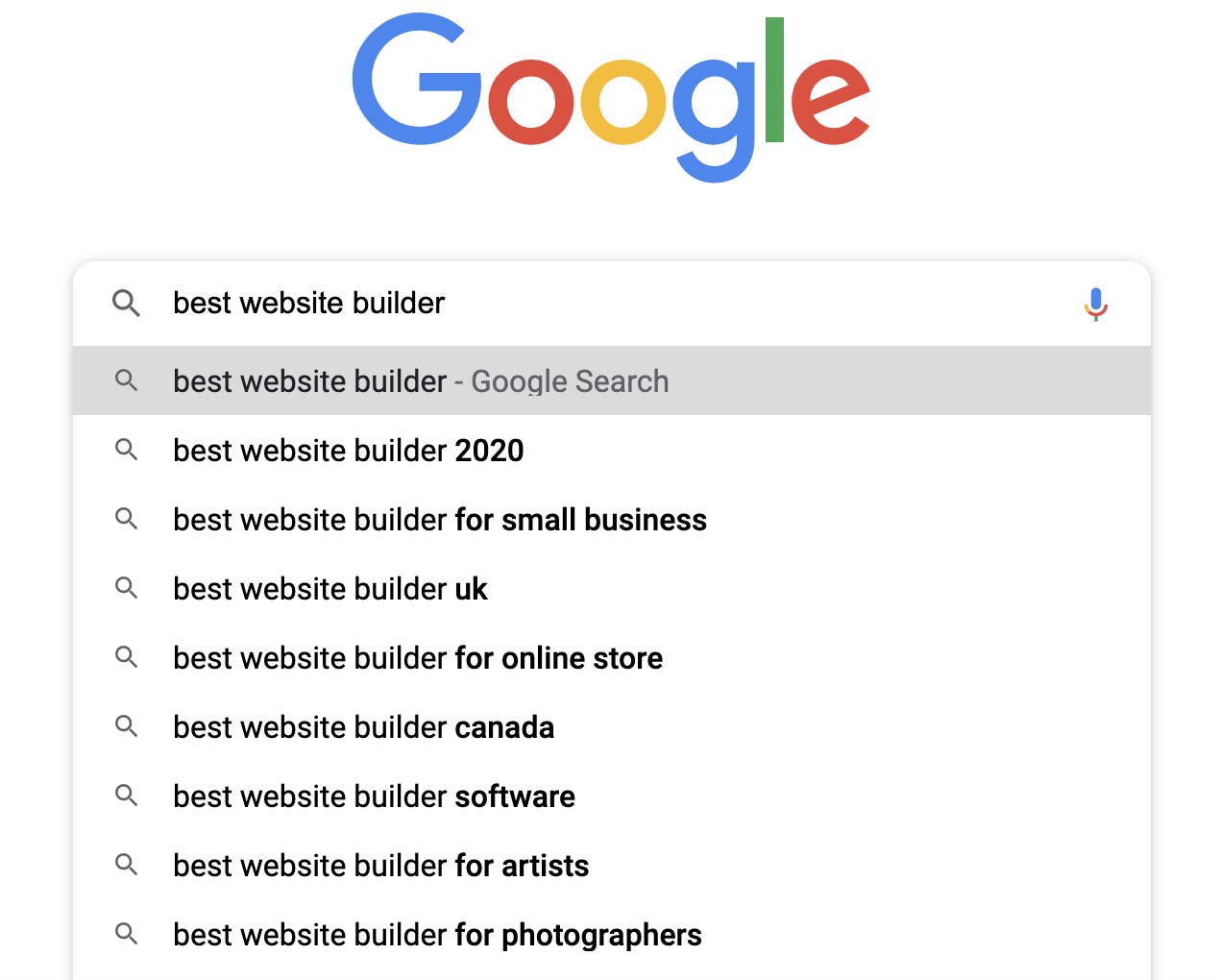The Mono Team | 11/03/2021
3 SEO rules I live by - and so should you
SEO (search engine optimization) is a term you may have heard in the last couple of years – and for good reason. SEO is the art and science of getting your digital content to rank higher on search engines such as Google.
As search engines are still one of the primary ways in which people discover your business online, optimizing your website content in order to rank higher should be a priority for any business that has an online presence. Whether you are a digital marketeer, a product manager, run your own e-commerce store or if you are an independent freelancer, in this digital world, SEO is relevant for you.
Search engines rank websites based on complex algorithms that are constantly being updated. Factoring in the roughly 3000 algorithmic yearly changes Google implements in how they rank your websites can seem overwhelming at best and unattainable at worst.
In this article, you will learn what SEO is, and get three tips that will help you in your quest to rank higher on search engines.
What is search engine optimization?
SEO is the process of developing and updating your website content in such a way as to make it more likely for search engines, such as Google, to show this content on the search engine results page (SERP). This page will obviously look different for each search query, which is why it is important to know what keywords you are trying to rank for and optimize your content accordingly.
Google employs spiders (or bots) to “crawl” the millions of pages that are published each year ranking and indexing text-based content. This means that anytime you do a search on Google, the content that is most likely to give us an answer to our question will be ranked the highest.
To use an example, let me introduce Lisa. Lisa is a dentist. Lisa has just set up her new office space and now she just needs to create a website that allows her patients to book appointments online instead of scheduling appointments by phone.
Lisa has also realized that it would be a much better customer experience for her clients as they could book appointments on their mobile devices and send the event to their personal calendars.
So, Lisa does what any of us would do when we are looking for a new tool.
She Googles it.
“Best appointment scheduling tool”.

The order of results is based on how well the authors of each page have communicated to Google that their page provides the answer to Lisa’s question. There are hundreds of ranking factors that influence the results page, and these factors need to be understood and utilized in order to increase the probability of ranking for your keywords. That is the essence of SEO.
It is now your job (as, in this case, a reseller or website builder) to make sure Lisa finds your awesome website. Below, I will share the 3 SEO rules I live by. They are easy to understand and implement, so you can use them as a starting point for your own SEO adventure.
1. Know your keywords
The first step is to get acquainted with your keywords. Working with SEO is about knowing what keywords you want to rank for, and then building your content strategy around them. That often means publishing content that directly answers questions related to the keyword.
To use our case example, when Lisa searched for the "Best appointment scheduling tool” she chose very specific words to describe to Google’s search engine what she was looking for. Those words, or that specific collection of words, are known as “keywords”.
When you have set a goal for your business to rank higher on search engines, as your overall business goal is to get more visitors to your website and increase your revenue, you will need to plan your keywords around:
- Who your target customer is;
- What you are earning money on.
In this case, you want to put yourself in Lisa’s shoes and begin typing something into Google's search box to get ideas of what digital content would be beneficial to her. “Best appointment scheduling tool” could indicate that she is looking for specific names of providers. After that, she would probably like to compare them against each other.
Search engines have seen a rise in conversational and often vague search requests. This means that using keywords strictly describing what your business is. If you are a white label reseller business using keywords like "Small business website builder" or "best online scheduling software" is good, but you want to dig a little bit deeper. Try adding more specific keywords, such as "website builder for dentists", "easy appointment website plugin", and so on.

For keyword ideas, there are many free and paid tools available. Pictured above is Semrush’s Keyword Magic tool, which we use at Mono Solutions.
Choose the right keywords for your business
A more convenient way to figure which keywords you should use to rank higher with SEO is simple to use Google Autocomplete.

Type in your target query and see what related searches appear in the autocomplete list.
Protip: Google’s autocomplete list will look different depending on where in the world the searcher is, and your previous search history. So use your web browser’s private mode to see more general results. You can also use a VPN to see how searches vary by region.
Optimizing your online content around specific keywords will help improve your ranking on search engines. It is an essential way to get the right users to your website. And tools like Soovle, aHrefs’ Chrome web extension and Answer The Public make it easy to find the right data.
Choosing the right keywords is about choosing between two kinds of keywords:
- Short keywords, which are a single-word;
- Long-tail keywords, which are typically a sentence or string of single words.
If you are just beginning to work with keywords to rank higher with SEO, you should primarily focus on long-tail keywords. Why? Because short keywords are much more competitive, as there are more users searching for them and therefore more competition from websites trying to rank for them.
Focusing on long-tail keywords is usually more fruitful because there is less competition, and even though they have a lower monthly search volume, you will have a higher probability of getting the right users to your website. I’d rather take quality over quantity when it comes to website traffic.
Getting a high number of website visitors should not be your main goal – it’s about getting the right visitors. First, figure out what people are searching for and then provide a great user experience by educating and engaging them with relevant content.
Ask yourself:
- Am I using the right keywords in a consistent way to show users that I have the answer to their question?
- What will the “right” users search for in order to land on my website?
- Am I actively using both single-word keywords and long-tail keywords on my website to drive traffic to my website?
2. Quality content is king
Once you have indexed your website, and you have begun using keywords actively to increase your number of relevant visitors, you should start to create digital content, perhaps for your website’s blog.
Creating a blog for your website is a great way to increase your traffic, and that awesome content can truly help improve your search engine ranking.
In fact, HubSpot found that businesses that publish content on a regular basis get 350% more traffic than those that don’t put as much effort into their content marketing. This is because search engines prefer fresh, relevant content over content that is just relevant. By consistently producing content that answers your searcher’s questions, you are establishing yourself as an authority around this topic increasing your ranking even more.
Ask yourself:
- Does my content use the relevant keywords for my topic and target users?
- Does my content reaffirm to search engines and visitors that my website is an authority on this topic?
- Is my content good enough that it can convert a percentage of visitors to leads?
3. Website design matters
The link between SEO and website design is the final rule I want to touch upon. It is one of the most overlooked topics related to SEO right now. Search engines crawl, index, and rank websites to make sure that they satisfy the users searching for an answer.
Search engines, therefore, analyze user behavior to measure how satisfied the users were with the digital content presented to them. This is measured through link clicks on the search engine results page, average website session duration, average pages per session, and even page scroll %.
All of this information is analyzed through machine learning to figure out what content performed the best and which content to rank the next time a user is doing a similar search. In order to succeed with your SEO and content strategy, you must perform well in this realm, and to do that, you need to have a well-designed website.
You can easily check your website performance on Google Analytics and see how high your bounce rate is (the percentage of users who enter your website and then exit after viewing only 1 page). You can also see how many pages your website visitors view in an average session, how much time they spend on which page.
All of this data is crucial to anyone interested in SEO because it will spark curiosity about who your users are and make you want to improve the overall experience. For example, Lisa is sitting on the train on her way home from her dental practice and she types in “Best appointment scheduling tool” on Google.
She uses her phone to do so, as do the majority of people using search engines. She will browse around different websites until she finds one with the best answer to her question. But Lisa will of course also be impacted by how fast the loading time is, if the information and different calls to action are intuitive and if the design is visually pleasing.
The content may be amazing, and the use of keywords has ranked the website high enough for Lisa to find and click on the article, but that will not matter if the website is not user-friendly.
Ask yourself:
- How is my mobile experience compared to my competitors?
- Is the content on my website relevant enough to keep users engaged?
- Is the architecture of the website intuitive and user-friendly?
Key takeaways
The bottom line is that in 2021 it is no longer enough to just have content that uses the right keywords in order to rank higher on search engines. The quality of content on your website has to be engaging to the users. Search engines change how they crawl, index, and rank websites all the time – as you have learned in this article, Google makes approximately 3000 algorithmic changes every year, which could affect how your website ranks.
However, no one should feel discouraged by this fact as there are some actions you can take to rank higher now and in the future.
Firstly, use relevant keywords on your website that your target visitors would be searching for. Secondly, create quality content that addresses the underlying questions in these keywords. Thirdly, have a well-designed website that is fast and responsive on all devices. When you cover all of these bases, you will get very far in your quest to rank higher on search engines.
About the author
Elisabeth Grothe-Møller is the new Conversion Rate Optimization and Web Analyst at Mono Solutions. Elisabeth brings Fintech startup experience to the table and has worked with digital marketing and data analytics for small businesses since 2013. Most recently, she worked at Danske Bank within Innovation and Strategy. With startup and corporate experience as well as academic training within humanities and social sciences, Elisabeth is driven by delivering actionable data-driven insights and strategies.